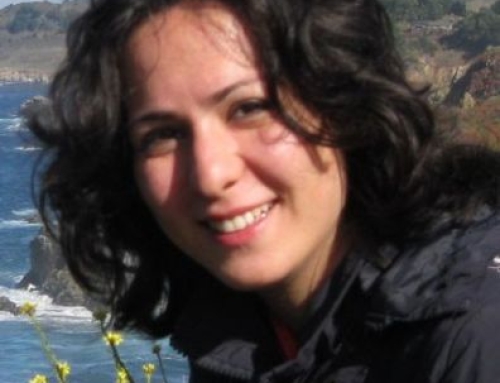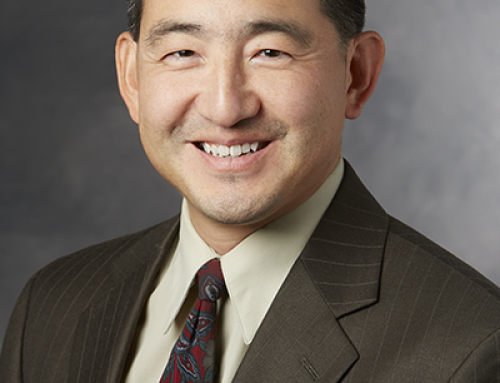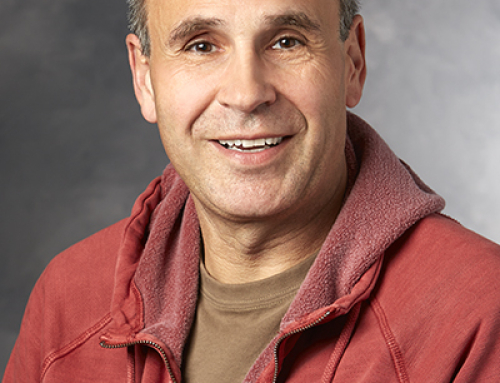 If you have read through our website, or perhaps watched some of our videos describing the Stanford Initiative to Cure Hearing Loss – you might have noticed that one of the goals in the structuring of SICHL is to, “build a new paradigm of progress through partnerships and collaboration, coupled with breakthrough science and brilliant problem-solving.” It is hoped that this, “will reinforce the back-and-forth dynamic of translational medicine with one concentrated focus: to find a way to cure and prevent hearing loss.”
If you have read through our website, or perhaps watched some of our videos describing the Stanford Initiative to Cure Hearing Loss – you might have noticed that one of the goals in the structuring of SICHL is to, “build a new paradigm of progress through partnerships and collaboration, coupled with breakthrough science and brilliant problem-solving.” It is hoped that this, “will reinforce the back-and-forth dynamic of translational medicine with one concentrated focus: to find a way to cure and prevent hearing loss.”
Below you will find a discussion by Dr. Heller of two recently published papers by the Heller Lab and collaborators. They are excellent examples of how it is hoped that SICHL would work, which is through collaboration and in an environment in which ideas can be shared and built upon by other labs and researchers, with the common goal of curing hearing loss.
Also, in regards to the second paper discussed:
Since there is no way of knowing from which direction the answer may arise, the Stanford Initiative to Cure Hearing Loss will encourage all promising investigations until one or several approaches show the most pragmatic and workable solution. Its essential to pursue many different avenues of research, because findings in one discipline may relate to a seemingly unrelated investigation.
Dr. Heller discusses how the Heller Lab ends one line of research in favor of dedicating more time and effort to their hair cell regeneration research. They made a consious decision to share the results of this line of research in hopes that the data can be used by other labs.
by Dr. Stefan Heller
Having a laboratory with 10+ people is sometimes very demanding, even stressful. But one of my favorite parts is to see and experience first hand that science never stands still and every new day, naturally, we know more than the day before.
Not all projects that we are working on are making the national news, but every little advancement, every small finding is bringing us closer to understanding how the inner ear works. And with this understanding, we might even get closer to develop methods to repair the inner ear when damaged – what appears not relevant today could be very important in the future.
Here, I want to provide a brief update on two recent publications from our laboratory that are representatives of these small steps and small findings.
The first one is our first paper of 2013, published by Cao et al. in an online journal named PlosOne.
This study is a collaboration with Dr. Zhigang Xus laboratory at Shangdong University in China. Zhigang did his postdoctoral training in my laboratory at Harvard and moved with us to Stanford in 2005. OVer the last 3 years, Zhigang has built a small research group in China and he focuses on cell biological projects in the inner ear. Zhigang is an excellent scientist and his work is of extremely high quality. He is meticulous and simply a good person. This work describes a group of proteins that appear to be important for the cytoskeleton of hair cells. The cytoskeleton is affected in some forms of hearing loss, so the more we know about it, the closer we get to fixing it. I congratulate Zhigang for the excellent work and I am happy to be a co-author of this study.
The second paper was also published in PlosOne; and is our second paper in 2013:
This one is a Stanford only production and a collaboration with Tony Ricci. It is the continuation of a story I have been working on since 1999. Since then, I have been fascinated with figuring out whether hair cells have specific mechano-sensitive receptors (also called ion channels). It is generally hypothesized that these receptors are involved in sensing the mechanical stimulation from sound and also gravity/acceleration. Over the years, we have published continuously on this topic. We and others have made hypotheses and speculated which receptors could be important for hearing and balance and it is still a very hot and exciting topic.
This manuscript describes one of these receptors that we thought could play an important role in hair cells. As it turns out, the receptor (we call it a novel ion channel) does not appear to be relevant for hair cells. Nevertheless, it is a new finding and despite the fact that we cannot pursue the biological function of this novel receptor at this point, we decided to publish the result so that others can make use of the information.
For our laboratory, this paper means a lot because it demarks an end of a line of research that I really liked for almost 15 years. This work has now been picked up by other excellent laboratories who solely focus on solving the questions around mechanosensation by hair cells. For us, it means that we can devote more resources and more focus on hair cell regeneration. So sometimes one has to let go and to reclaim the time so that the most important projects receive appropriate attention.





